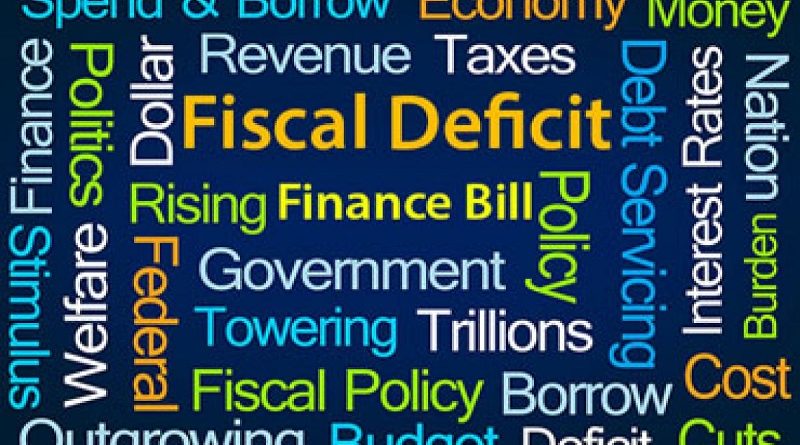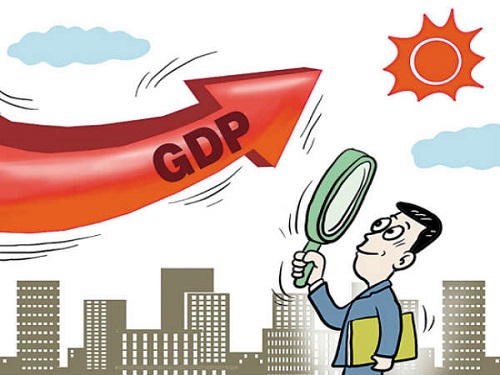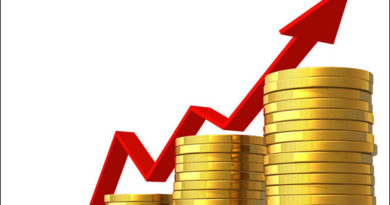Fiscal Deficit Ramps Up Pressures On Lao Government
Source: Vientiane Times
An elevated fiscal deficit will result in growing public debt, which will ramp up pressure on the country’s debt servicing capacity amid the Covid-19 crisis.
The government has estimated the budget deficit will rise from 6.69 trillion kip, equal to 3.7 percent of the country’s gross domestic product (GDP), to 10.3 trillion kip (5.7 percent of the GDP).
Chairman of the National Assembly’s Planning, Finance and Audit Committee, senior economist Dr Leeber Leebouapao, told Vientiane Times recently the government is seeking ways to address the country’s debt following a revenue shortfall.

“There are two forms of debt. The first one is the debt sourced to finance infrastructure development projects, and the second form is the liability in which the government borrowed as a guarantee for state-owned enterprises,” he said.
“There are several ways that the government can handle its debt – by converting debt into investment, negotiating for debt reprofiling and selling shares of state-owned enterprises or assets which the government used as guarantee for loans.”
The government may attempt to issue bonds to mobilise more funds or borrow more money from various sources to repay debts and address the projected budget deficit, according to Dr Leeber.
Critics say borrowing more money to address the deficit is feasible in the short-term, but in the longer term, the deficit could drag the country into rising chronic debt.In the long run, the government needs a strategy to manage the deficit and ensure the country’s debts are under control.
According to the latest edition of the World Bank’s Lao Economic Monitor unveiled in June, the public external debt of Laos is trending upward and shifting toward bilateral creditors.
The World Bank also stated that public debt is expected to rise to around 65 percent to 68 percent of GDP in 2020, leaving Laos at high risk of debt distress. The external debt servicing burden (interest and principal) is expected to increase to more than US$1.2 billion in 2020, up from US$842 million in 2019. “Preliminary Ministry of Finance projections suggest that overall external public sector debt repayments amount to around US$4.5 billion during 2020-2023 or about US$1.1 billion each year (about 55 percent of domestic revenues each year on average),” said the World Bank report.
In June, Prime Minister Thongloun Sisoulith told the National Assembly that the government will issue bonds for the rest of this year to repay debts.
He said the government will also shift its debts owed to private companies, which carried out State investment projects, to commercial banks.
Besides, the government will concentrate on revenue collection and cutting spending on non-essential projects which do not guarantee economic returns.
Economists have recommended the government needs to assist private sector, notably the small and medium enterprises to lower their production costs in order to boost productivity for exports. It’s important for Laos to seriously improve the investment climate to attract foreign investment and grow the export sector, which in the long run will be good for the economy.





